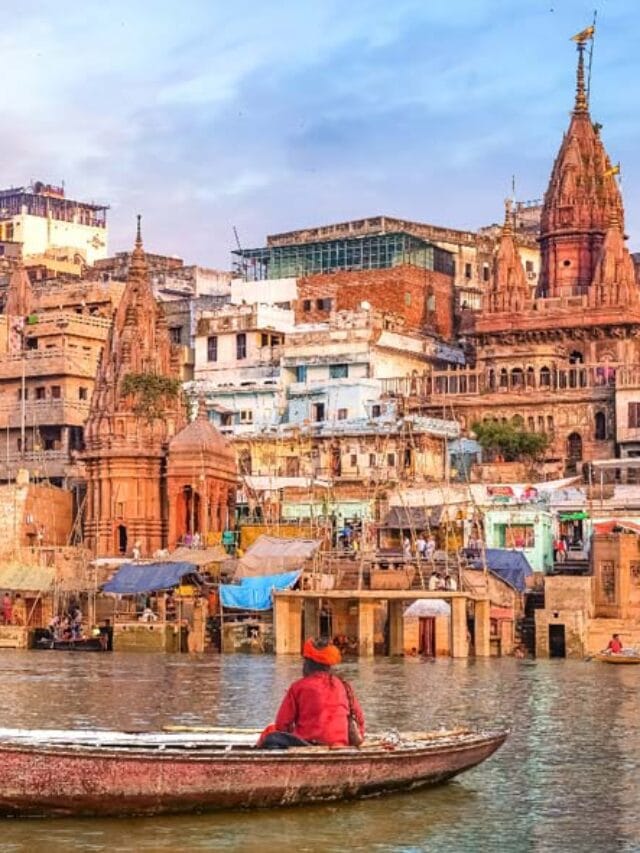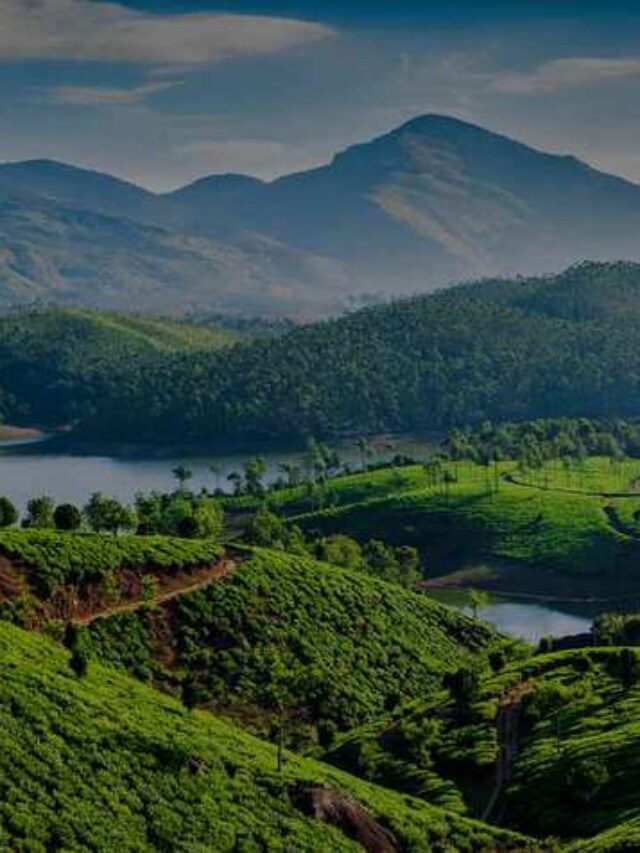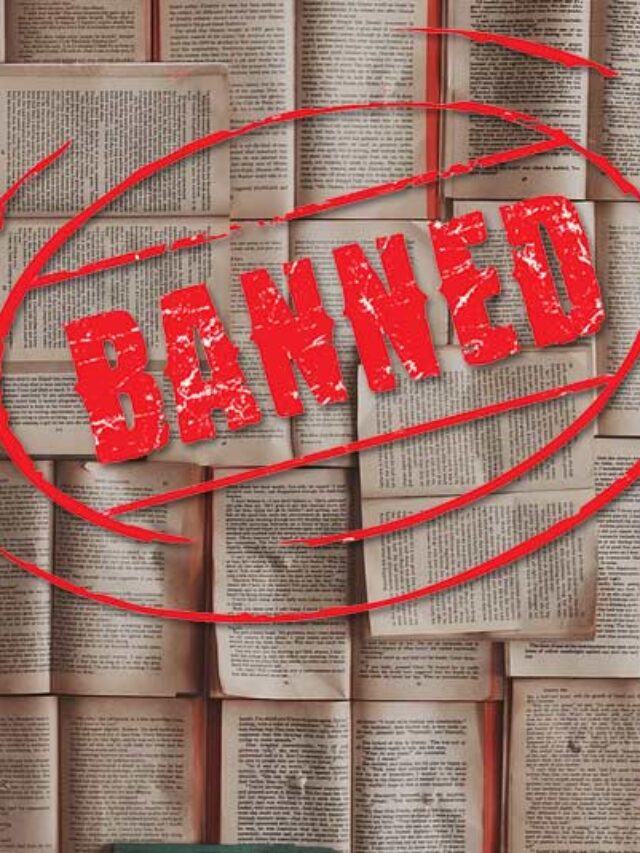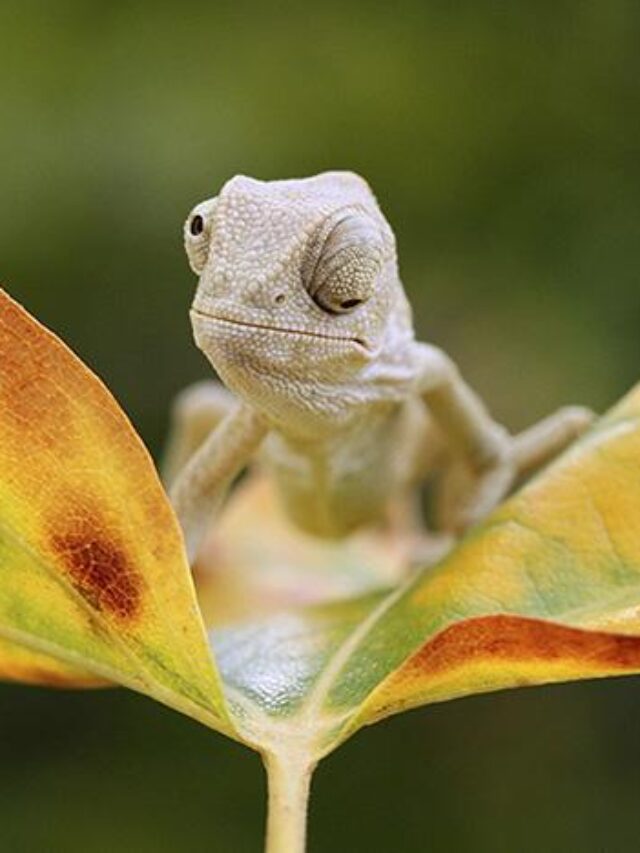
These notes cover the in-depth detail about the Cholas. This topic is important for UPSC IAS and other state level competitive exams.
Introduction
- The Cholas are thought to have taken over from the Pallavas in South India.
- They became important in the 9th century and set up an empire covering most of South India.
- They also expanded their rule to Sri Lanka and the Malay Peninsula, earning them the name ‘Imperial Cholas.’
- Numerous writings in temples give detailed info about how the Chola period was run—covering administration, society, economy, and culture.
- The first leader of the Imperial Chola line was Vijayala.
Chola Rulers
Below-mentioned are some important rulers of the Chola dynasty.
Vijayala (around 850 CE)
- Initially, a subordinate of the Pallavas.
- Took control of Tanjore and constructed a temple dedicated to Durga.
Aditya (around 871 – 907 CE)
- Put an end to the Pallava rule by defeating Aparajita and added Tondaimandalam (southern Tamil country).
Parantaka Ⅰ (around 957 – 973 CE)
- Triumphed over the Pandyas and the leader of Ceylon in the well-known Battle of Vellur.
- Faced a setback against the Rashtrakuta king Krishna Ⅲ in the famous battle of Takkolam. The Rashtrakuta army overran Tondaimandalam.
- Parantaka Ⅰ was a significant builder of temples. Also, he adorned the vimana of the renowned Nataraja temple at Chidambaram with a golden roof.
- The two notable Uthiramerur inscriptions, offering a detailed account of village administration under the Cholas, belong to his rule.
Parantaka Ⅱ/ Sundara Chola (around 957 – 973 CE)
- Made a move into Sri Lanka and regained some parts of Tondaimandalam.
Uttama Chola (around 973 – 985 CE)
- Recovered most of Tondaimandalam during his reign.
Rajaraja Ⅰ/Arumolivarman (around 985 – 1014 CE)
- Chola dominance peaked during the reigns of Rajaraja Ⅰ and his son Rajendra Ⅰ. Notable military achievements during Rajaraja Ⅰ’ rule include:
- Overcoming the Chera ruler Bhaskara Ravivarman in the naval clash of Kandalur Salai, leading to the downfall of the Chera navy.
- Defeating the Pandya ruler, Amarabhujanga, and establishing Chola authority in the Pandya region.
Military Quests
- The invasion of Sri Lanka, entrusted to his son Rajendra Ⅰ. As the Sri Lankan king Mahinda Ⅴ fled, the Cholas took control of northern Sri Lanka.
- A successful naval expedition against the Maldive Islands, resulting in their conquest.
- Triumph over the rising power of the western Chalukyas of Kalyani.
- Satyasraya was vanquished, and Rajaraja Ⅰ captured Raichur Doab, Banavasi, and other territories, expanding the Chola empire up to the river Tungabhadra.
- Through these conquests, Rajaraja Ⅰ extended the Chola empire across the Pandya, Chera, and
- Tondaimandalam regions of Tamil Nadu, as well as the Gangavadi, Notambapadi, and Telugu Choda territories in the Deccan.
- The northern part of Ceylon and the Maldive Islands beyond India also came under Chola rule.
- In 1010 CE, Rajaraja Ⅰ erected the renowned Rajarajeshwara temple or Brihadeshwara temple in Tanjore.
- Additionally, he implemented an advanced revenue system involving land surveys and assessed revenue, earning him the title “Ulagalanda Perumal” (the king who measured the earth).
Rajendra Ⅰ (around 1014 – 1044 CE)
- Rajendra Ⅰ showcased his military prowess by actively participating in his father’s military endeavors. He persisted in the policy of assertive conquests and territorial expansion.
- Throughout his rule, the entirety of Sri Lanka became an integral part of the Chola realm.
- He reaffirmed Chola dominance in the Chera and Pandya regions.
- In a significant victory, he defeated Jayasimha Ⅱ, the western Chalukya king, and established the river Tungabhadra as the recognized boundary between the Cholas and the Chalukyas.
- His most renowned military campaign involved an expedition to North India. The Chola empire crossed the Ganges, overcoming numerous rulers along the way. Rajendra Ⅰ vanquished Mahipala Ⅰ (Pala empire) of Bengal. In commemoration of this triumph, he founded the city of Gangaikondacholapuram and erected the famed Rajesvaram temple within.
- Additionally, he created a vast irrigation tank named Cholagangam on the city’s western side.
- Another noteworthy venture was his naval expedition to Kadaram or Sri Vijaya (Malay Peninsula, Sumatra, Java, and neighboring islands), gaining control over the overseas trade route to China.
- The naval campaign proved successful, with Chola forces occupying several places. He adopted the title Kadaramkondan.
- Recognized as a significant supporter of education, he was known as Pandita Cholan.
- Upon Rajendra Ⅰ’s passing, the Chola empire reached its zenith. The northern boundary extended to the river Tungabhadra, encompassing the Pandya, Kerala, Mysore regions, and Sri Lanka within the empire.
Rajadhiraja (around 1044 – 1052 CE)
- Known as Jayamkonda Chola, Rajadhiraja led his soldiers in the front lines.
- He wrecked Chalukyan cities like Kalyani and set up a Jaystambha at Yadgir.
- Cholas were infamous for looting and massacring people in the regions they conquered.
- He met his end on the battlefield, fighting in the Battle of Koppam against Someshwar, the western Chalukyan king, earning the title Yanai-mel-thunjina Devar (the king who died on the back of an elephant).
Rajendra Ⅱ (around 1054 – 1063 CE)
- Rajendra Ⅱ defeated Someshwar, placing a Jaystambha at Kolhapur.
Virarajendra (around 1063 – 1067 CE)
- He defeated Someshwar Ⅱ and established a Vedic college of learning.
Athirajendra (around 1067 – 1070 CE)
- He died while suppressing a rebel.
Kulottunga Ⅰ (around 1070 – 1122 CE)
- Kulottunga Ⅰ sent a big group of 72 merchants as ambassadors to China and kept friendly ties with the kingdom of Sri Vijaya.
- He united the Vengi kingdom of Chalukyas with the Chola empire. The famous writer Kamban, who wrote the Ramayana in Tamil, was in his court.
- Later rulers like Kulottunga Ⅱ, Rajaraja Ⅱ, and Kulottunga Ⅲ tried to keep Chola rule going, but it slowly declined and ended in the 13th century.
- The Pandyas and the Hoysalas took over in the south, and the Yadavas and the Kakatiyas replaced the later Chalukyas.
- These states were constantly at war with each other, weakening themselves.
- Finally, in the early 14th century, the Sultans of Delhi destroyed them.
Administration
- In Chola rule, the king stood as the highest authority in the administration, referred to in inscriptions as Ko, Perumal Adigal (the great one), and Ko-Konmai Kondan (king of kings).
- Described as a formidable warrior, conqueror, art enthusiast, destroyer of wrongs, benevolent, and a protector with an appealing personality, the king took royal tours to enhance administrative efficiency.
- The administrative setup was more extensive compared to the Cheras, Pandyas, and Pallavas.
- However, it saw a decline after Kulottunga Ⅰ’s death, leading to an increase in the influence of local chieftains.
- The Rashtriyam/Rajyam (empire) comprised eight Mandalams (provinces), each governed by a viceroy (usually a prince).
- The provinces were further divided into Valanadus or Kottams, and each Valanadus were subdivided into Nadus (districts) under Nattar.
- Nadus comprised numerous independent villages. Guilds/Shrenis were integral to the administration.
- The assembly of merchant groups, known as Nagaram, catered to various trades and specialized groups.
- For instance, Shankarappadi Nagaram dealt with ghee and oil, while Saliya Nagaram and Satsuma Parishatta Nagaram were linked to the textile trade.
- Powerful guilds like Ayyavole (the five hundred) in Aihole, Karnataka, and Manigramam gained prominence and eventually became independent.
In Chola villages, there were two types of meetings:
- Ur – This assembly included local residents from non-Brahmadeya villages, also known as Vellanvagai villages. It’s believed that there were fewer than ten members in this assembly.
- Sabha or Mahasabha – Two inscriptions from the time of Parantaka Ⅰ, discovered at Uttaramerur, shed light on the formation and functioning of Sabhas. The Sabha comprised Brahmins and adult males from agraharas, which were rent-free Brahmadeya villages enjoying considerable autonomy.
The Brahmana sabha and the Chola court had a close connection; for instance, the sabha’s resolutions were made in the presence of an official appointed by the king. Committee members were elected through lots or rotation, and their qualifications included land ownership, knowledge of Vedas, good conduct, and more.
Economy
- Known as Variya Perumakkal, they typically convened in a temple or under a tree. The Chola village assembly had complete ownership of village lands, including newly acquired ones.
- Land revenue served as the primary income for the Chola empire, usually amounting to one-sixth of the produce.
- The village assembly collected this revenue, accepting payments in cash, kind, or a combination of both.
- The Chola government conducted land surveys, and inscriptions mention land transfers through sale or gift.
- There are also references to villages led by women. An inscription from 902 CE mentions a woman named Bittaya who headed the village Bharangiyur.
- In Chola society, the caste system was widespread, and the condition of the Paraiyar (untouchables) was distressing. The higher orders, like the Brahmins and Kshatriyas, enjoyed special privileges.
The Chola inscriptions mention the main divisions among the castes:
- Valangai – mainly comprised agricultural groups.
- Idangai – mainly included artisans and the trading class.
Religion
- Brahmanism, encompassing Shaivism and Vaishnavism, thrived during the Chola reign.
- Besides granting gifts to Brahmanas, the royal families generously donated to temples.
- Rich merchants also made significant contributions to these religious structures.
- Under the patronage of Chola kings and queens, numerous temples were constructed, and the Brahmana Sabha played a role in managing finances and maintaining these temples.
- The economy primarily revolved around agriculture, with the reclamation of forest land, the construction of irrigation tanks, and diversification in crops leading to agricultural prosperity.
- The industrial sector also saw progress during the Chola period. For instance, Kanchipuram became a notable center for weaving, and Kudamukku played a crucial role in betel nut and areca nut cultivation, known for its expertise in metalworks, textiles, and coin minting.
- Chola kings established strong commercial connections with Southeast Asia and China. Large numbers of Arabian horses were imported to enhance the cavalry.
- During the Chola rule, there was significant progress in literature. Alvars, who were Vishnu devotees, and Nayannars, who were devotees of Shiva, composed extensive literature in Tamil and other regional languages from the 6th to the 9th centuries.
- This body of work was later compiled into eleven volumes and named Tirumurais in the early 12th century, regarded as the fifth Veda.
- The renowned writer Kamban penned the Ramayana in Tamil. Additionally, the celebrated trio of Pampa, Ponna, and Ranna stood out as the three valued gems of Kannada poetry.
MCQs Test on The Cholas








Leave a Reply